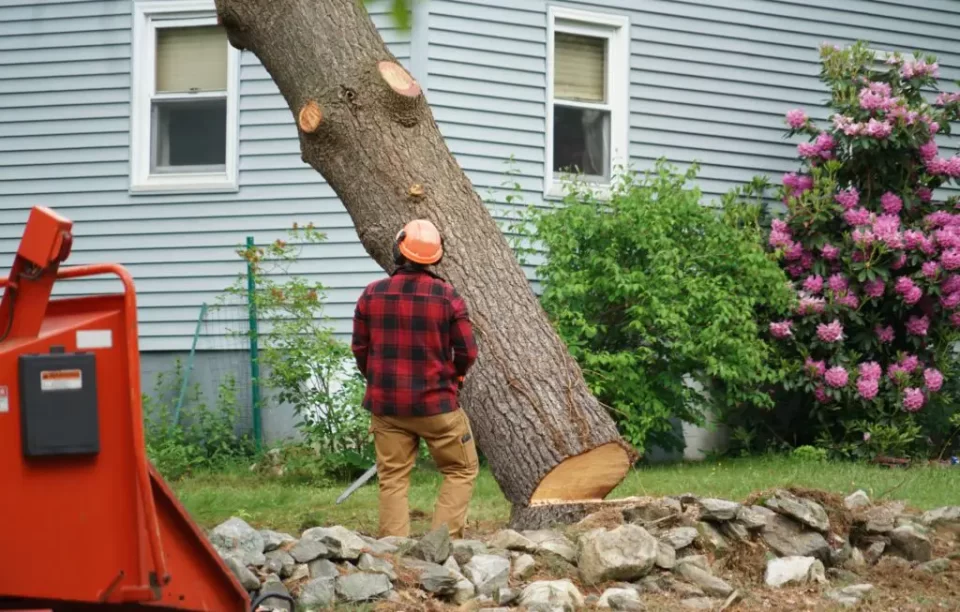Having trees removed from your property is often a necessary task, whether due to storm damage, disease, overgrowth issues, or other reasons. However, not all tree removal services are created equal. Hiring the wrong company leads to messy cleanups, property damage, incomplete work requiring repeat service calls, and throwing away money. Comparing credentials, equipment, experience, pricing, and other factors helps ensure you select the best-qualified removal experts from the start.
Assess licensing and certifications
Requiring proper licensing ensures tree removal company follow regulations around safety protocols, insurance coverage, worker protections, and appropriate practices. The core credential to verify remains state-level licensing for tree care businesses confirming they undergo routine oversight. On top of that, many arborists also pursue voluntary certifications through bodies like the Tree Care Industry Association (TCIA) and the International Society of Arboriculture (ISA). Certifications signal enhanced, up-to-date training on the latest industry standards.
Business and project scale experience
Along with licenses and certifications, favor tree removal outfits demonstrating longevity serving residential and commercial customers in your area. Most fledgling upstarts lack the project capacity, equipment range, staffing breadth, and seasoned expertise to handle major tree takedowns. Those factors mainly come through accumulated operational experience over many years. As part of that, assess their background specifically tackling projects matching the three problems you’re facing. Removing a few story-tall oak trees differs vastly from extracting crowded acres of diseased elm trees. Only engage companies demonstrating expertise in handling projects aligned with your unique needs in scope. Make sure they convey completed examples from past clients facing similar challenges to instill confidence upfront.
Compare equipment and services offered
Tree care spans a range of service niches from transplanting to pruning to removals and more. Make sure companies under consideration offer comprehensive removal services covering trimming, actual extraction, stump grinding, debris hauling, and clean-up. The last thing you want is to realize mid-project that they outsourced missing chunks to third parties. Do they own cranes, lifts, tub grinders, and commercial wood chippers – or constantly renting such machinery? Broad-owned equipment access equates to greater pricing control, availability, and crew experience operating it all efficiently.
References and reviews suggest quality
The most reputable tree removal outfits accumulate many happy customer references and online reviews highlighting exceptional service over the years. On the other hand, disgruntled clients also won’t hesitate to warn others about subpar project experiences either.
Solicit client references directly from some of their recent removal jobs matching your needs. Additionally, browse third-party review platforms searchable by company name and location. Weigh trends toward positivity or negativity from multiple independent sources.
Compare service pricing
Be wary of arborists significantly under-pricing competitors in your area – it often indicates cutting corners or pushing extras/fees down the road. Still, moderate price breaks stemming from greater economies of scale (for mature companies) remain plausible. Secure 3-4 quotes from licensed and certified outfits you already verified credentials for on areas above. Compare pricing structures around included services, crew sizes, administrative fees, equipment charges, hauling/disposal expenses, etc. Understand exactly what factors comprise those quotes before finalizing hiring decisions from the shortlist.

